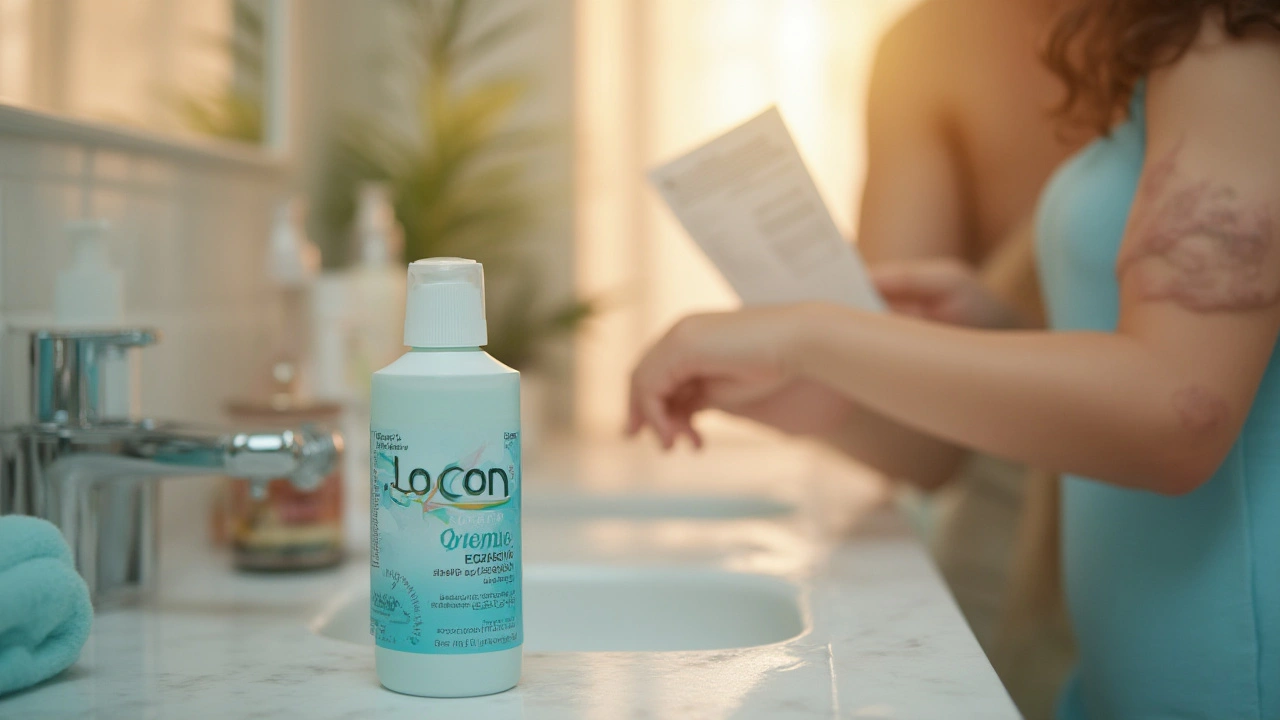If you’ve ever dealt with red, itchy patches that just won’t quit, you know how frustrating eczema can be. The good news is you don’t need a PhD to get relief. Below are everyday steps that actually work, plus a few product ideas that won’t break the bank.
First off, keep a gentle, fragrance‑free moisturizer handy. Apply it right after a shower while your skin is still damp – that’s when it locks in the most water. Look for ingredients like ceramides, glycerin, or hyaluronic acid. Brands such as CeraVe or Cetaphil are solid choices.
If the itch is intense, a low‑strength hydrocortisone cream (1%) can calm inflammation. Use it only on the worst spots and for a few days at a time; prolonged use can thin the skin. For more stubborn flares, you might try an OTC calcineurin inhibitor like tacrolimus ointment – it’s prescription in many places, but some pharmacies carry a 0.03% version without a script.
Don’t forget antihistamines if nighttime itching keeps you up. A non‑sedating option like cetirizine works during the day, while a sleep‑inducing one like diphenhydramine can help at night. Always read the label and follow dosing instructions.
What you do outside the bathroom matters just as much. Warm (not hot) showers keep skin from drying out. Keep the water temperature around 100°F (38°C) and limit baths to 10‑15 minutes.
Swap harsh soaps for mild, syndet (synthetic detergent) cleansers. Anything with strong fragrances, dyes, or alcohol can trigger a flare. After washing, pat your skin dry with a soft towel – rubbing can irritate already sensitive areas.
Clothing choice is another hidden factor. Soft, breathable fabrics like cotton let the skin breathe. Avoid wool or synthetic blends that can cause friction and make itching worse.
Stress is a sneaky eczema trigger. Simple relaxation tricks – a short walk, deep breathing, or a quick yoga session – can lower flare‑ups. If you notice a pattern between stressful days and itchy skin, trying a stress‑management routine may pay off.
Food sensitivities sometimes play a role, especially in children. Common culprits include dairy, eggs, nuts, and gluten. If you suspect a link, keep a food diary for a couple of weeks and talk to a healthcare professional before making big changes.
When does it become a “see a doctor” situation? If you notice any of these signs, schedule an appointment: the rash spreads rapidly, bleeds, shows signs of infection (pus, fever), or over‑the‑counter treatments don’t help after a week. A dermatologist can prescribe stronger steroids, phototherapy, or newer meds like dupilumab, which targets the underlying immune response.
Bottom line: eczema doesn’t have to control your life. Start with a good moisturizer, add a mild steroid if needed, and fine‑tune your daily habits. You’ll likely see a calmer skin surface within days, and with consistent care, the flare‑ups become less frequent and less severe.

Get the real scoop on Elocon cream. Discover when you need it, how to use it safely, common side effects, and tips for managing stubborn rashes and eczema flare-ups.
read more
A deep look at Betnovate cream: what it’s for, how it works, tips for safe use, known side effects, and facts to keep your skin healthy.
read more